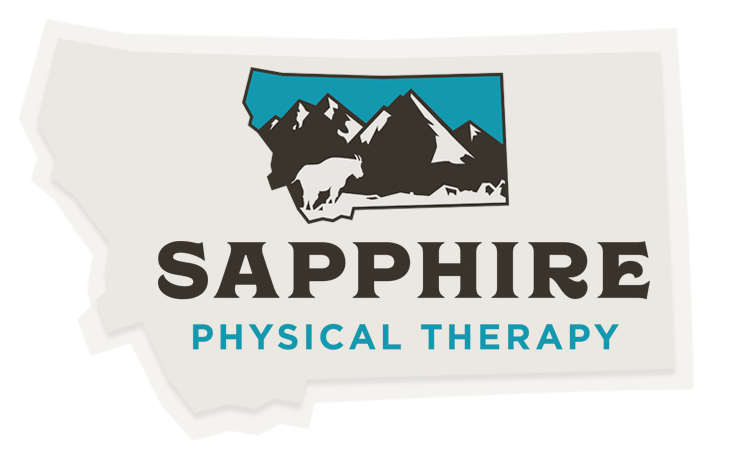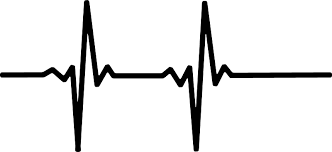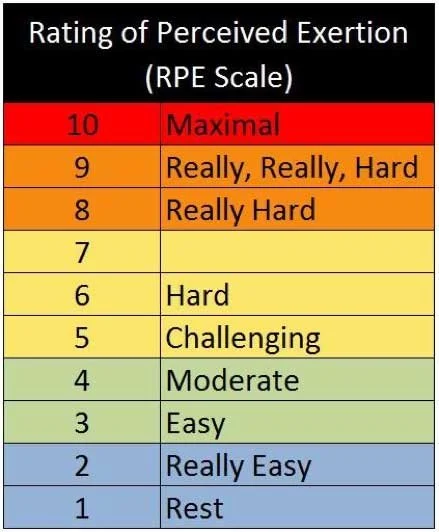Guidelines for physical activity? It’s for more than just your muscles ...
With so much information out there regarding physical activity, it is easy to become overwhelmed and tricky to know what the right thing is to do.
At the end of the day, doing any physical activity is better than nothing, but if you’re taking the time to be active, why not understand what it takes to make a positive impact on your health?
A good place to start is knowing what the term ‘physical activity’ actually means. Luckily, physical activity can be anything that gets your body moving: from gardening, to lifting weights, to running ultra marathons. If your body is in motion, you’re on the path to success.
Now that we know what physical activity is, the next question is: how much to do?
A quick search of the guidelines for physical activity put forth by WHO or CDC will provide you with an idea of how many minutes and at what intensity we should be exercising. 150 minutes of moderate intensity or 75 minutes of vigorous aerobic activity supplement with 2 days of strengthening is well established by most health organizations as the baseline (2,3,4).
It is at this level of physical activity that we see the benefits of exercise starting to take shape. While this is a great starting point, how do you know if you are working at a hard enough intensity? Here are a few ways:
1) Heart Rate (HR Monitoring)
Using an activity tracker, you can monitor your heart rate during activity to determine intensity. Moderate intensity exercise is typically around 64%-76% of your Max HR. For vigorous activity, shoot for 77%-93% your max HR. A quick way to estimate your max HR is to take 220- your age (3). For example, if you are 40 years old, your estimated max HR would be 180 bpm, give or take a couple.
2) Talk Test
While exercising, if you can maintain a brief conversation but are unable to sing, you are likely working at a moderate intensity. If you’re carrying on a casual conversation, it is probably time to step up the pace (3).
3) Perceived Exertion
This is your best guess at gauging how hard you are working on a scale of 1-10(4). On this scale, 10 represents your maximum effort and 1 is sitting on the couch. This turns out to be pretty accurate way to determine intensity and doesn’t require any fancy gadgets.
There are countless ways to get your body moving. Finding the way that works best for your lifestyle is the key. And while we know exercising is great for muscles and our cardiovascular health, did you know regular physical activity can help with your sleep, mental health, and reduce your risk of major disease such as cancer and type 2 diabetes(4)? It’s no magic pill, but it’s something you can start doing today!
If you have any questions or concerns regarding your ability to be physically active, consult with your doctor regarding your current health status and ability to perform exercises. If you have any questions about exercise, talk to your physical therapist here at Sapphire PT.
By Andrew Traver, PT, DPT
References
1. https://creazilla.com/nodes/75146-heart-rate-clipart
2. http://clipart-library.com/megaphone-cliparts.html
3. https://exercise.trekeducation.org/assessment/borg-scale-rpe/
.American Heart Association: Recommendation for exercise: https://www.heart.org/en/healthy- living/fitness/fitness-basics/aha-recs-for-physical-activity-in-adults
. CDC: Physical Activity: https://www.cdc.gov/physicalactivity/index.html
. U.S. Department of Health and Human Services: Physical Activity Guidelines, 2nd edition, and 2018 Physical Activity Guidelines Advisory Committee Scientific Report.
. WHO: WHO GUIDELINES ON PHYSICAL ACTIVITY AND SEDENTARY BEHAVIOUR



